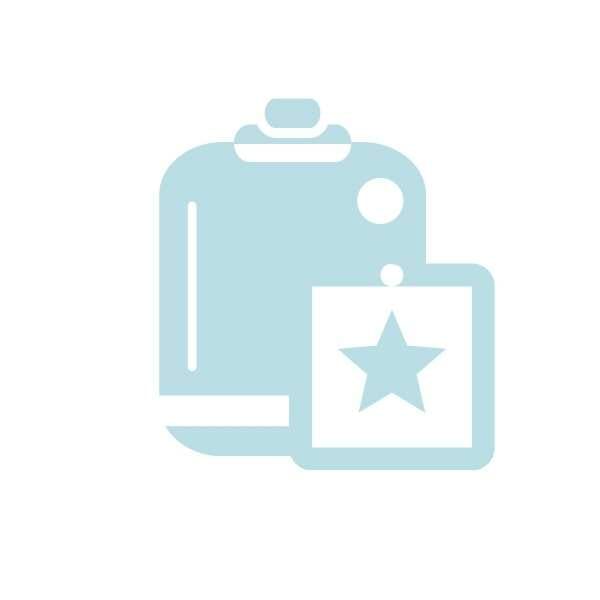Hyperhidrosis/Excessive Sweating

What is Hyperhidrosis?

Hyperhidrosis is the medical term for excessive sweating. The problem may be limited to the armpits, but often the palms and soles also sweat excessively, as can the forehead and hairline. It typically becomes noticeable after puberty. Unfortunately, most over the counter antiperspirants do not control hyperhidrosis.
Hyperhidrosis is not always a straightforward issue. Hyperhidrosis can be localized or generalized, and there can sometimes be underlying issues, such as a medication or infection. It can also be associated with metabolic conditions, such as thyroid disease or diabetes. If you have any concerns, consult your dermatologist to see if any further investigations are required.
What Triggers Hyperhidrosis?
Stressful situations such as examinations, job interviews, or an important date often aggravate the sweating. Sometimes, it takes almost nothing for the sweating to start and once it starts, it usually worsens until the affected person can get away from everyone else and cool down.
How Do You Get Rid Of Hyperhidrosis?
There are numerous treatment options available. Each of these treatments has upsides and downsides.
Aluminum Chloride Hexahydrate
Treatment aims to control the excessive sweating; it is not a permanent cure. A topical agent known as aluminum chloride hexahydrate in absolute alcohol is available in Canada without a prescription under the name of Drysol. The main downside of this agent is that it often causes irritation to the area of application and is not always effective. Before seeing a dermatologist, it is often best to try Drysol first to see if this will work for you.

Neuromodulator Injections such as Botox & Dysport
Sweat inhibiting or Neuromodulator injections such as Botox ® usually reduce hyperhidrosis for an average of 6-9 months after 1 treatment. The effects of Botox can last longer than 9 months and some of Dr. Nakatsui’s patients can get benefits for over a year from one set of injections. The main advantage to this treatment option is that it is highly effective; the main downside is that the cost of treatment is higher compared to Drysol, although many drug plans will cover the cost of Botox for hyperhidrosis. The mechanism of action is similar to Botox’s effect on wrinkles, as it prevents the transmission of the nerve signal to the sweat glands, thus preventing sweating.
Other Treatment Options
Other options may include oral medications (such as anticholinergics), iontophoresis, a technique utilizing a device called the Drionic machine, or dilute formalin (for sweaty feet). In very rare cases, surgery is necessary to remove the sweat glands or cut the nerves responsible for their stimulation (endoscopic thoracic sympathectomy).
Some of the newer treatments for axillary hyperhidrosis (excessive sweating of the armpits) include the use of microwaves. Another new treatment method is RF microneedling (Morpheus8), which involves 3 sessions 4 weeks apart.
Treatments

